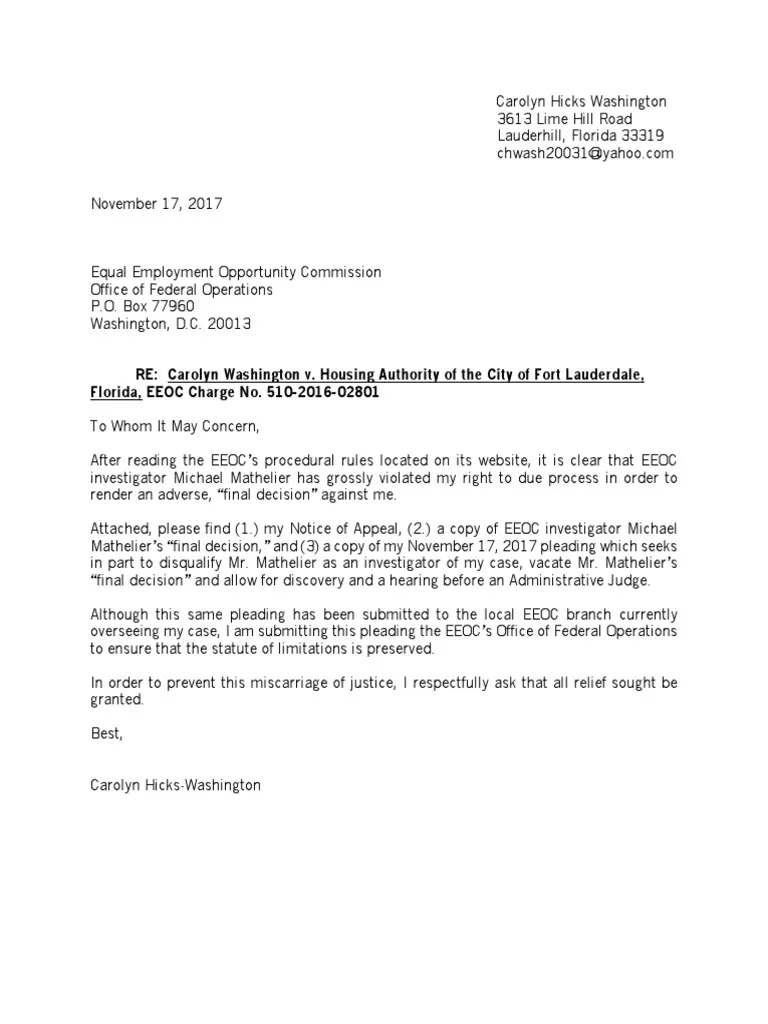What is an Appeal Cover Letter?
An appeal cover letter is a formal document written to request a reconsideration of a decision. It’s your opportunity to present your case, provide additional information, and persuade the recipient to change their initial ruling. Whether you’re appealing a denied insurance claim, a rejected job application, or a negative performance review, a well-crafted appeal cover letter can significantly improve your chances of a favorable outcome. It is more than just a letter; it’s a strategic tool to advocate for yourself or your cause, providing a clear, concise, and compelling argument to support your appeal. This type of letter demands precision, clarity, and a persuasive tone, making it crucial to understand its structure and purpose before you begin writing. Furthermore, understanding the nuances of this document can empower you to effectively address any situation requiring a formal reconsideration.
Why You Need an Appeal Cover Letter
The need for an appeal cover letter arises in various situations, each demanding a clear and convincing explanation of why a previous decision should be overturned. Primarily, it provides a structured platform to present additional information, clarify misunderstandings, and offer compelling arguments. It offers a formal channel to address concerns, provide supporting evidence, and outline the reasons behind your request. An appeal cover letter serves as a critical component in the reconsideration process, enabling you to advocate for your position effectively. Without it, you risk your appeal being dismissed due to lack of clarity or supporting evidence. It is also an opportunity to demonstrate your commitment to a favorable outcome, showing professionalism and a thorough approach to resolving the matter. A well-structured letter can be the difference between a positive resolution and continued unfavorable circumstances.
Key Components of an Effective Appeal Cover Letter
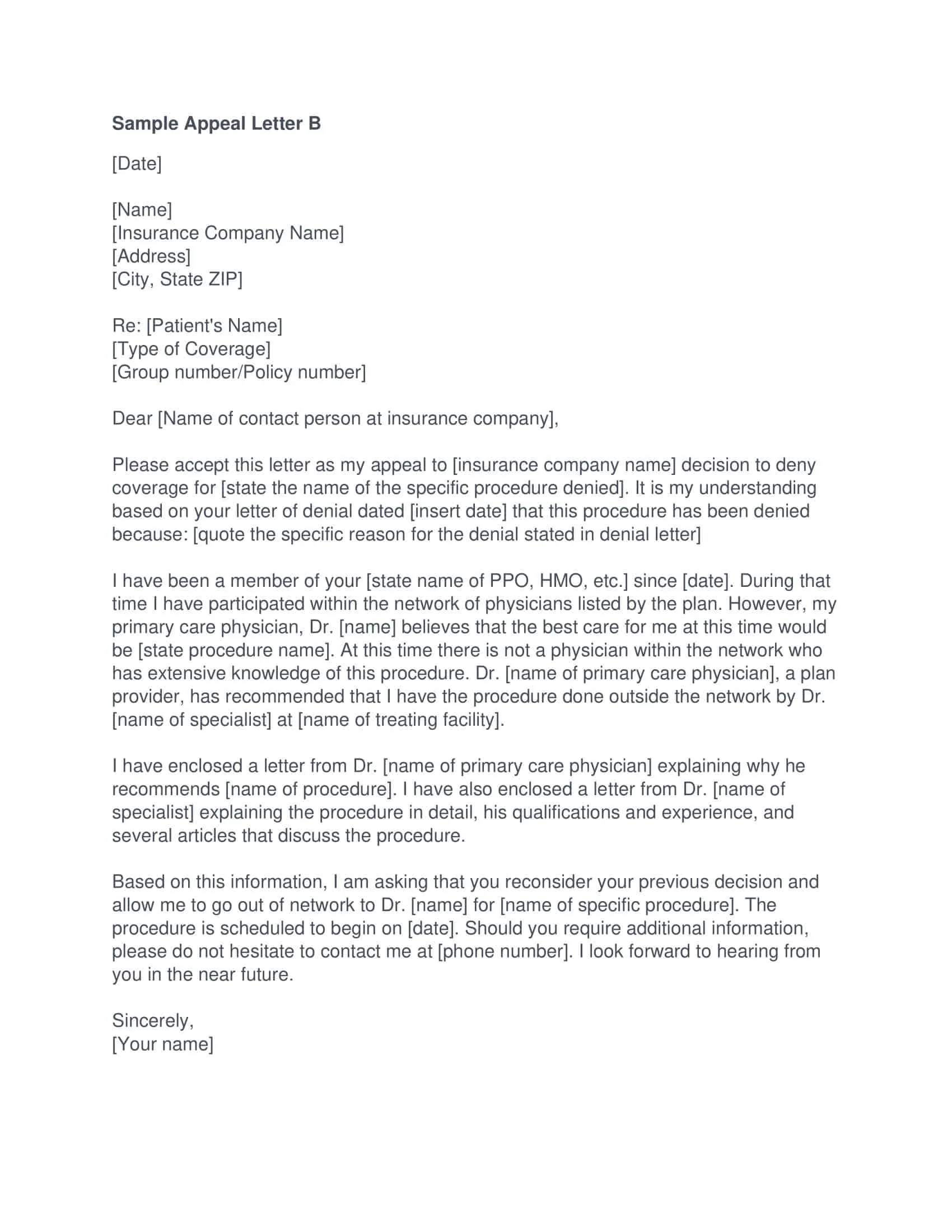
An effective appeal cover letter is built upon several key components that work in concert to persuade the reader. Each section plays a vital role in presenting a strong and convincing case. From the opening to the closing, every element should be carefully crafted to make the letter as persuasive as possible. Understanding each component and how it contributes to the overall message is essential for writing a letter that achieves its intended purpose. By focusing on these essential elements, you can create a compelling argument and significantly increase your chances of a successful appeal. A well-structured letter is a reflection of your attention to detail and your dedication to obtaining the desired outcome, making it a crucial tool in any appeal process.
Opening Statement & Purpose
The opening statement sets the tone for your entire letter, immediately stating your purpose and the reason for your appeal. It should be clear, concise, and directly address the issue at hand. Briefly mention the initial decision you are appealing and why you believe it warrants reconsideration. This introduction is your opportunity to grab the reader’s attention and establish the context for your appeal. Clearly state the specific decision you are appealing, ensuring the recipient knows exactly what you are addressing. This will help the reader quickly understand the purpose of the letter and prepare them for the detailed information that follows. A strong opening will provide clarity and focus, setting the stage for a persuasive argument that is easy to follow.
Presenting Your Case and Evidence
This section forms the core of your appeal, where you present your case and supporting evidence. Clearly and logically outline the reasons for your appeal, providing a detailed explanation of your position. Back up your claims with credible evidence, such as documents, statements, or other relevant information. Organize your arguments in a clear, easy-to-follow manner, using paragraphs and headings to break up large blocks of text. Refer to specific facts and dates to add credibility to your arguments. The goal here is to demonstrate why the initial decision was incorrect or unfair, using concrete evidence to support your claims. When done well, it shows that you have put thought and effort in to prove your case.
Addressing Concerns
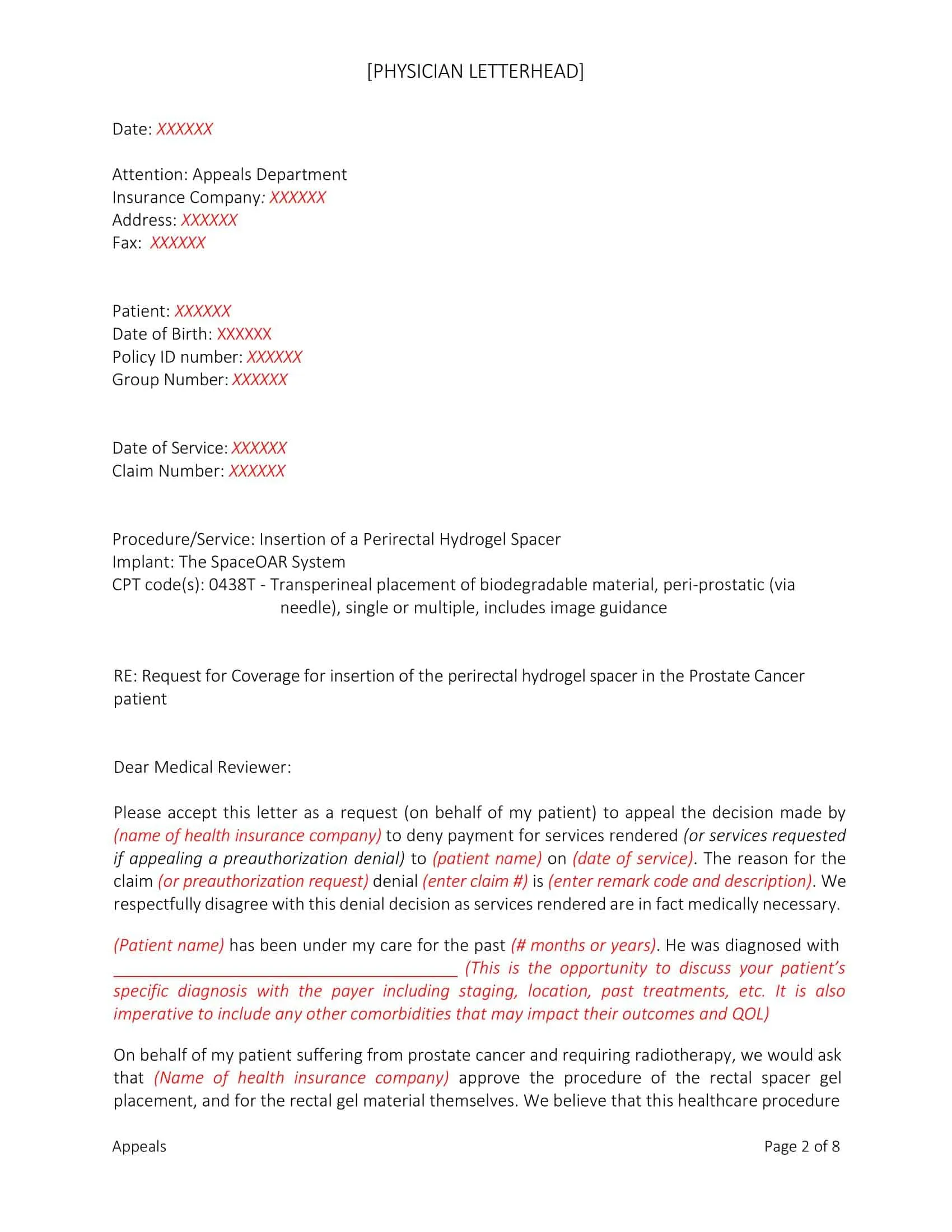
Proactively addressing any potential concerns or weaknesses in your case is crucial. Anticipate the recipient’s potential questions or objections and provide clear, concise answers. If there were issues that contributed to the initial decision, acknowledge them and explain how the situation has changed, or why those issues should not be a determining factor. By addressing potential counterarguments, you demonstrate that you have thoroughly considered the situation from all angles. This shows your commitment to honesty and transparency, which can significantly boost your credibility. Taking the initiative to address concerns head-on prevents them from undermining your appeal, enhancing your chances of a favorable outcome.
Closing and Call to Action
The closing of your appeal cover letter should summarize your key points and reiterate your request for reconsideration. Clearly state what action you want the recipient to take, whether it’s overturning a decision, providing clarification, or offering additional support. Express your gratitude for their time and consideration. End with a professional and polite tone. The closing is your final opportunity to reinforce your argument and make a lasting impression. Make it clear and concise, ensuring that the reader fully understands your request. Include your contact information to facilitate communication. A strong close can increase the likelihood of a positive response, therefore it is worth giving attention to this section.
Step-by-Step Guide to Writing Your Appeal Cover Letter
Writing an effective appeal cover letter involves several key steps to ensure you present a persuasive and well-supported case. These steps provide a structured approach to crafting a compelling appeal, ensuring that you address all the necessary aspects of your situation. By following this guide, you can significantly increase the effectiveness of your letter and improve your chances of a favorable outcome. Each stage is designed to help you gather information, organize your thoughts, and present your case clearly and persuasively, therefore it is important to follow all steps for optimal results.
Researching the Situation
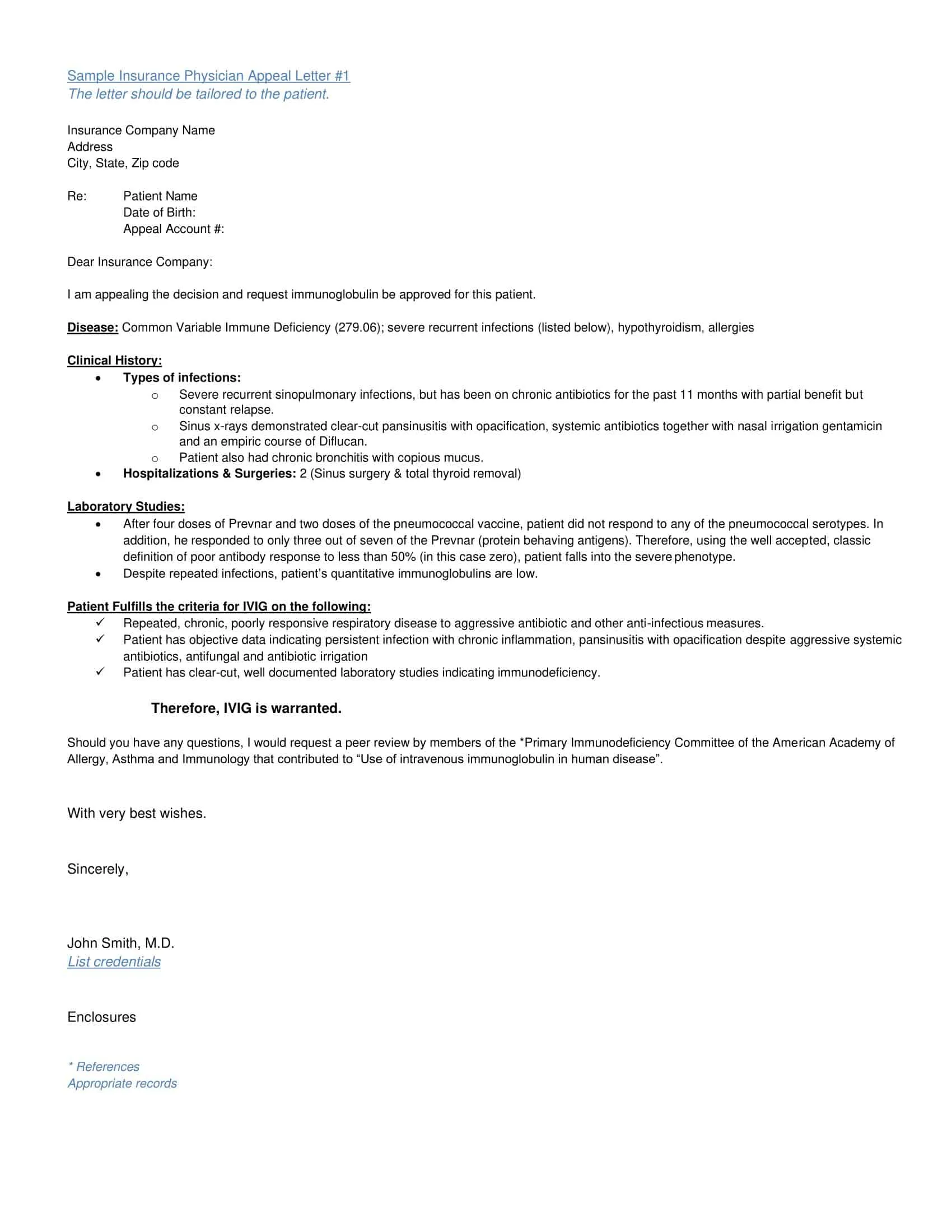
Begin by thoroughly researching the decision you are appealing and the reasons behind it. Gather all relevant information, including any guidelines, policies, or regulations that apply to your case. Review all the documents and correspondence related to the initial decision. Understand the decision-making process and identify any areas where you believe an error was made or where new information could alter the outcome. This initial step will give you a clear understanding of your situation and provide the necessary facts to build a strong appeal. The more information you gather, the more effectively you can present your case, increasing your chances of success. Thorough research is the cornerstone of a successful appeal.
Gathering Supporting Documents
Collect all documents and evidence that support your appeal. This may include letters, emails, photographs, medical records, financial statements, or any other relevant materials. Organize these documents logically, and keep copies for your records. Ensure that all documents are clear and legible. The inclusion of supporting documents adds credibility to your claims and provides tangible evidence to back up your arguments. High-quality, well-organized documents strengthen your case, making it easier for the recipient to understand and evaluate your appeal. Take the time to gather and prepare these materials carefully to make sure they are ready to show when you have the chance.
Drafting the Letter
Start drafting your appeal cover letter, keeping in mind the key components discussed earlier. Use a clear and concise writing style, avoiding jargon or overly complex language. State the purpose of your letter, present your case, and provide supporting evidence. Address any potential concerns, and close with a call to action. Keep the tone professional and polite throughout the letter. Structure your letter logically, using headings and paragraphs to improve readability. Ensure that the letter is well-organized and easy to follow. Good writing makes a big difference in your appeal; take the time to present your case clearly and persuasively.
Proofreading and Editing
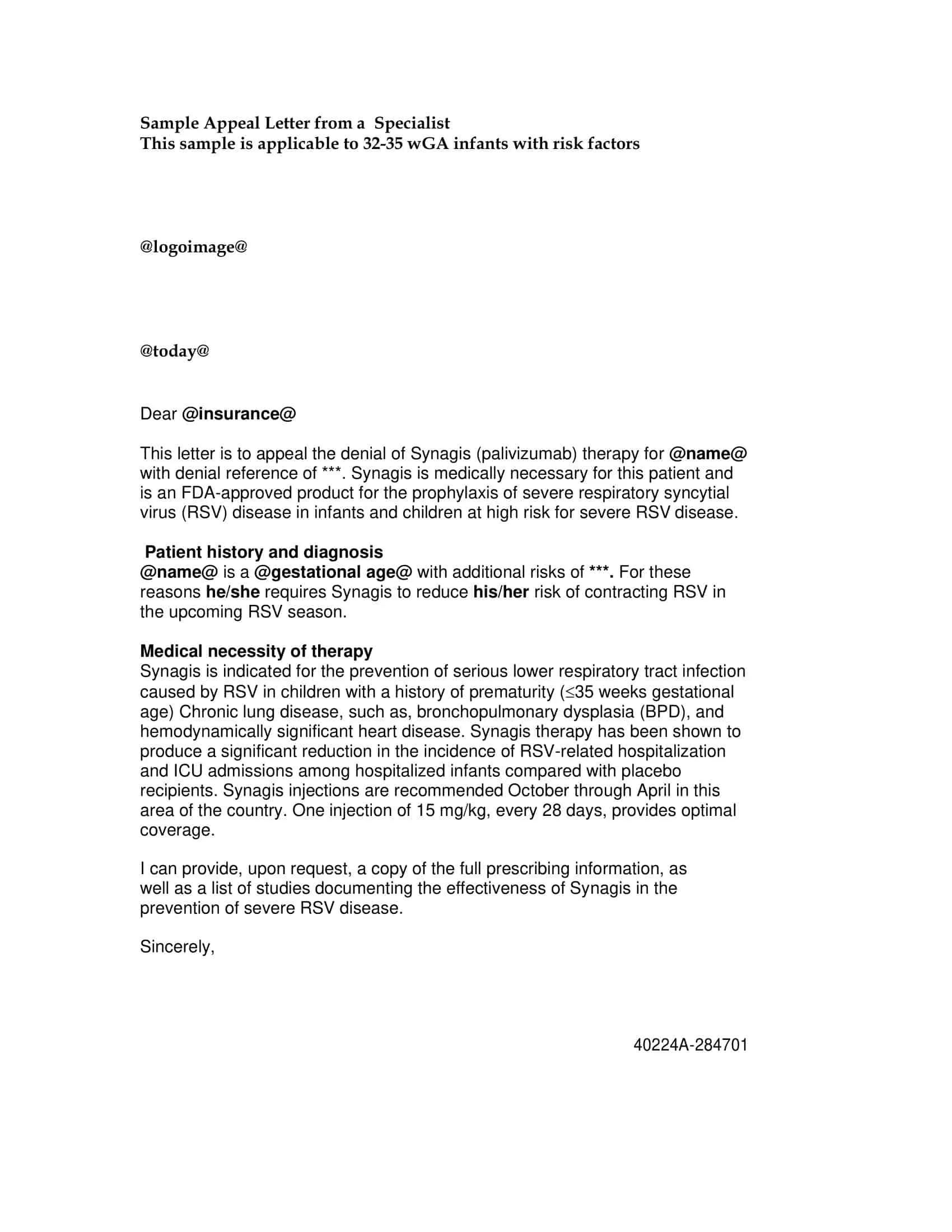
Before submitting your appeal cover letter, carefully proofread and edit it for any errors in grammar, spelling, and punctuation. Check for clarity, conciseness, and the overall tone of the letter. Have someone else read the letter to provide feedback and catch any mistakes you might have missed. A polished and error-free letter demonstrates professionalism and attention to detail. Proofreading and editing can greatly improve your chances of a favorable outcome. A well-edited letter ensures that your message is clear and your credibility is maintained, enhancing the overall effectiveness of your appeal. Make sure your letter is of the highest quality.
Formatting Your Appeal Cover Letter
Proper formatting is crucial for making your appeal cover letter professional and easy to read. The layout and appearance of your letter can significantly impact how the recipient perceives your message. Adhering to standard formatting practices helps convey your attention to detail and respect for the recipient’s time. A well-formatted letter makes it easier for the reader to focus on the content of your appeal, increasing the likelihood of a favorable outcome. Following these guidelines ensures that your letter is both visually appealing and easy to navigate, contributing to the overall effectiveness of your communication. Make sure to pay attention to every detail.
Font and Spacing
Choose a professional and easy-to-read font, such as Times New Roman, Arial, or Calibri. Use a font size of 11 or 12 points for readability. Maintain consistent spacing throughout your letter, using single-spacing within paragraphs and double-spacing between paragraphs. Properly formatted spacing makes your letter more visually appealing and easier to read, improving the overall presentation of your message. Adhering to these font and spacing standards will enhance your letter’s professionalism and make it more accessible to the reader, helping the reader to focus on the important parts of your appeal.
Proper Salutations and Closings
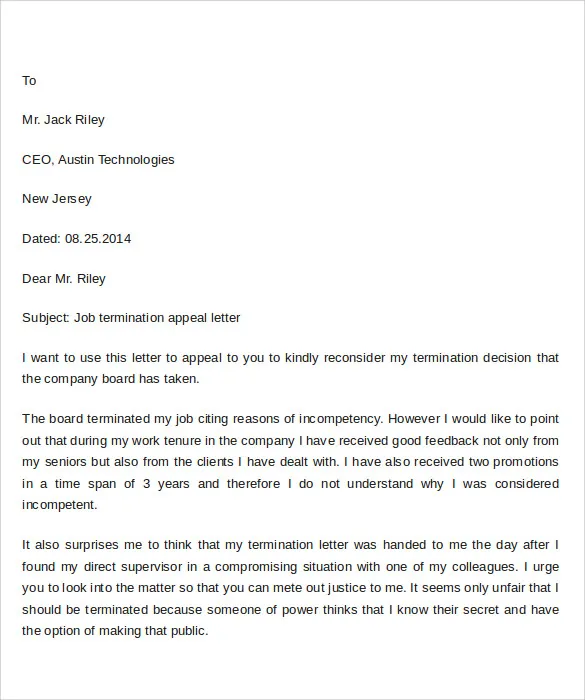
Begin your letter with a formal salutation, such as “Dear Mr./Ms./Dr. [Last Name],” if you know the recipient’s name. If you don’t know the name, use “Dear Sir/Madam” or “To Whom It May Concern.” End your letter with a professional closing, such as “Sincerely,” “Respectfully,” or “Yours truly.” Include your full name and contact information below the closing. Proper salutations and closings reflect your professionalism and courtesy, setting the tone for your appeal and ensuring a respectful interaction. This attention to detail demonstrates your consideration for the recipient and helps foster a positive impression, which is key to getting what you want.
Examples of Appeal Cover Letters
Reviewing examples of appeal cover letters can provide valuable insights into structure, tone, and effective communication. These examples showcase how to present different types of appeals in various scenarios. Each type of letter has specific demands, but the overall goal remains consistent: to persuasively argue your case and convince the recipient to reconsider the initial decision. Taking the time to study these examples will help you to grasp the elements of effective writing. Analyzing these different structures and strategies can significantly improve the impact of your own appeal cover letter, maximizing its potential for a positive outcome.
Specific Appeal Cover Letter Examples
Explore different examples of appeal cover letters, such as those for insurance claims, job applications, and academic decisions. Analyze how the writers address the specific circumstances, provide relevant evidence, and use persuasive language. Pay attention to how each letter is structured, and identify key phrases that contribute to a compelling argument. Examples for different situations show various strategies to address specific needs. By carefully examining different types of appeals, you can tailor your own letter to your unique situation, maximizing its potential for success. Use these examples to help you write your letter.
Common Mistakes to Avoid
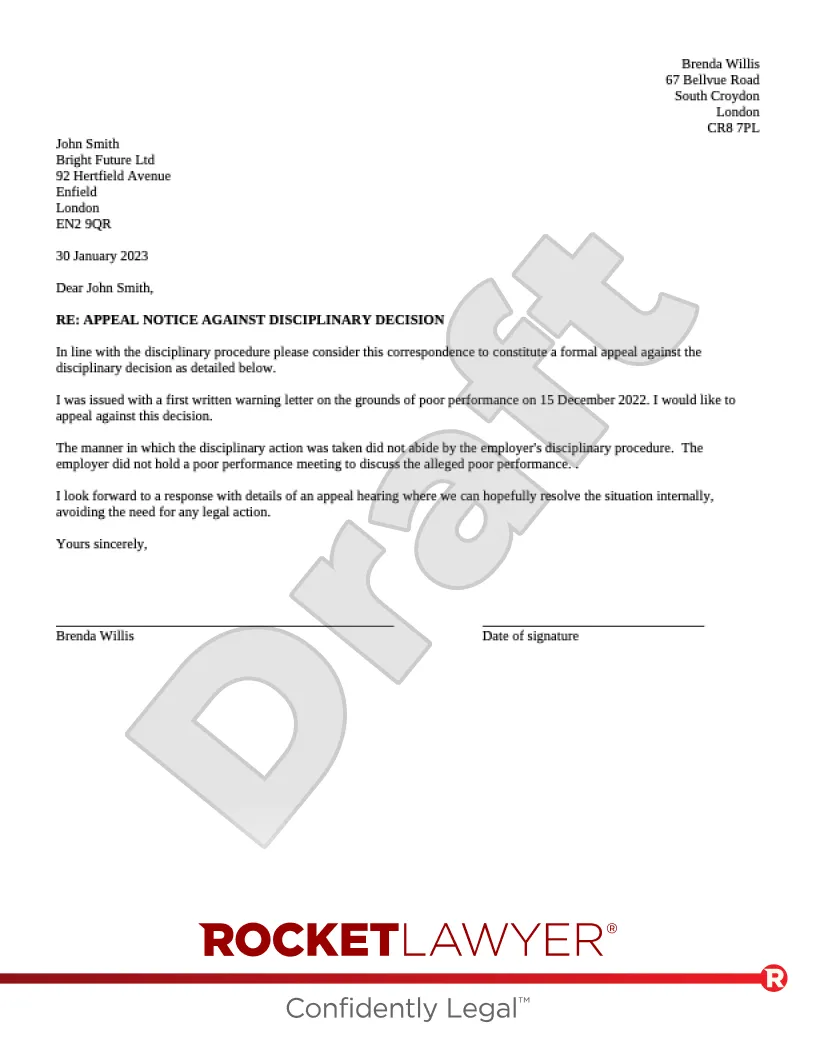
Avoiding common mistakes is essential for maximizing the effectiveness of your appeal cover letter. Many errors can weaken your argument and reduce your chances of a favorable outcome. By understanding the typical pitfalls, you can proactively avoid them, creating a stronger and more persuasive letter. Pay attention to these common errors, and take steps to ensure they don’t undermine your efforts. Avoiding these mistakes will greatly improve the strength of your appeal and boost your chances of success.
Ignoring the Guidelines
Make sure to carefully follow the specific guidelines or instructions provided by the recipient or organization to which you are appealing. Ignoring these guidelines may result in your appeal being rejected outright. Review all instructions and ensure that your letter adheres to the required format, content, and deadlines. Failure to comply with these guidelines signals a lack of attention to detail and can undermine your credibility. Thoroughly understanding and adhering to the guidelines is critical to ensuring that your appeal is considered and not immediately dismissed. Ensure that you give the right information.
Using Vague Language
Avoid using vague language, general statements, or unsubstantiated claims in your appeal cover letter. Instead, provide specific details, clear explanations, and concrete evidence to support your arguments. Vague language weakens your case and makes it difficult for the recipient to understand your position. Use precise wording and provide specific examples to bolster your claims. The use of clear, specific, and well-supported arguments increases the credibility of your letter and makes it easier for the reader to understand your position. Vague language can confuse the reader, so it’s best to avoid this.
Submitting Incomplete Information
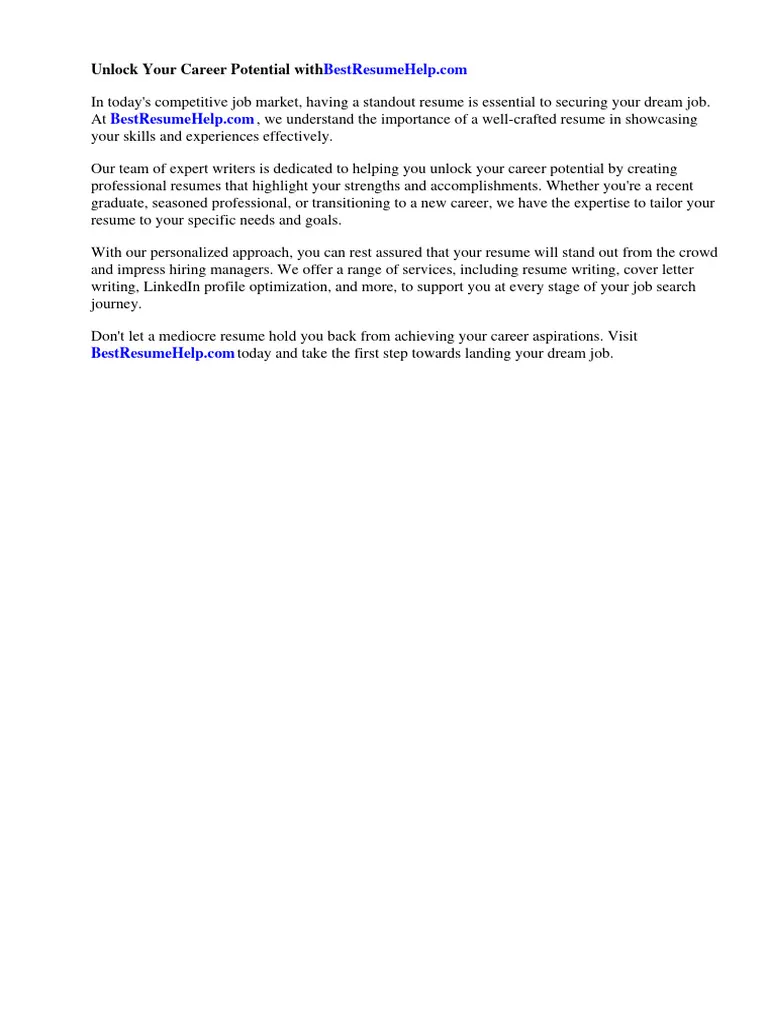
Ensure that you include all necessary information and supporting documents in your appeal cover letter. Failing to provide complete information can lead to delays or the rejection of your appeal. Review your letter and attachments carefully to ensure nothing is missing. Provide all relevant details to create a strong and persuasive case. Take the time to verify that you have included everything necessary to support your appeal. Thoroughness is key to a successful outcome, so make sure you include all the information required.
Final Thoughts and Tips
Writing an effective appeal cover letter requires careful planning, clear communication, and attention to detail. By following these guidelines, you can significantly increase your chances of success. Take the time to gather all the necessary information, organize your thoughts, and present your case in a clear, concise, and persuasive manner. Focus on the key components of an effective appeal cover letter and avoid the common mistakes that can weaken your argument. Approach your appeal with professionalism and a commitment to presenting a strong case. This is the best way to achieve the outcome you are hoping for.
